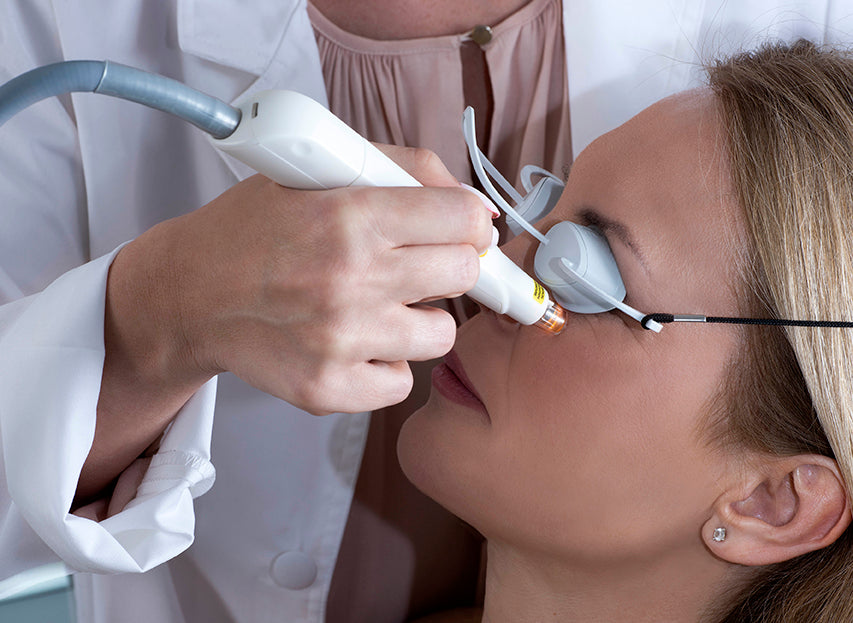Symptoms
Dryness: A persistent dry sensation in the eyes, as if something is scratching or burning.
Redness: The eyes may appear red or bloodshot due to inflammation caused by inadequate lubrication.
Irritation: Itchy, gritty, or foreign body sensation in the eyes.
Excessive tearing: Paradoxically, the eyes may produce excessive tears in response to the dryness, but these tears do not provide the necessary lubrication.
Blurred vision: Vision may become temporarily blurred, especially during activities that require prolonged visual focus, such as reading or using a computer.
Light sensitivity: Eyes may become more sensitive to light, causing discomfort in bright environments.


Causes
Aging: Tear production tends to decrease as we age, making older adults more susceptible to dry eye symptoms.
Environmental factors: Dry or windy climates, air conditioning, and excessive screen time can contribute to dry eyes.
Hormonal changes: Fluctuations in hormone levels, particularly in women during pregnancy, menopause, or while taking certain medications, can lead to dry eye symptoms.
Medical conditions: Certain medical conditions, such as diabetes, rheumatoid arthritis, thyroid disorders, and Sjögren's syndrome, can increase the risk of developing dry eye disease.
Medications: Some medications, including antihistamines, decongestants, antidepressants, and hormone replacement therapy, may cause or exacerbate dry eye symptoms.
Eye-related factors: Eyelid problems, inflammation of the eyelids (blepharitis), meibomian gland dysfunction, or structural abnormalities can contribute to dry eye disease.
Solutions
Artificial tears: Lubricating eye drops or ointments can provide temporary relief by supplementing natural tear production.
Medications: In more severe cases, your eye care professional may prescribe medications to reduce inflammation or stimulate tear production.
Lifestyle modifications: Adjusting environmental factors, such as using a humidifier, taking breaks during prolonged visual tasks, and wearing sunglasses outdoors, can alleviate symptoms.
Meibomian gland expression: This procedure helps clear blockages in the meibomian glands, which are responsible for producing the oily component of tears.
Punctal plugs: These tiny plugs inserted into the tear ducts help retain natural tears on the eye's surface, reducing dryness.
Advanced treatments: Treatments like intense pulsed light therapy, amniotic membrane grafts, or autologous serum eye drops may be recommended.


